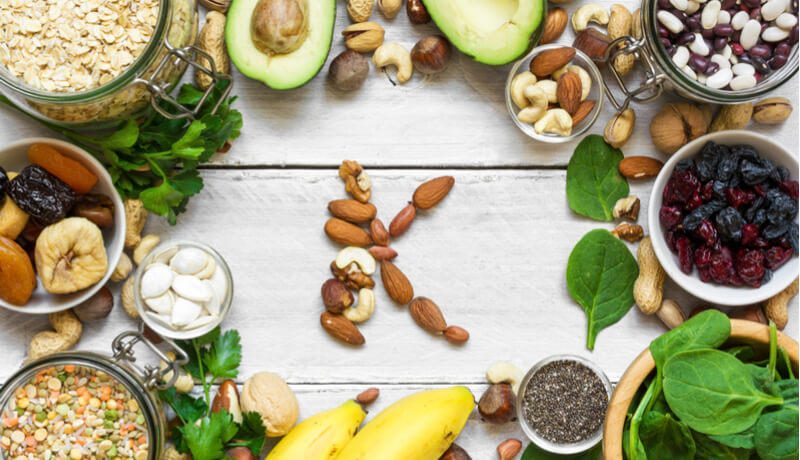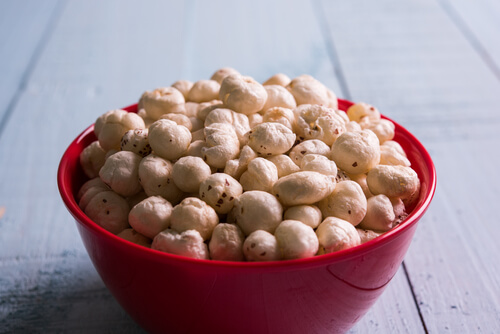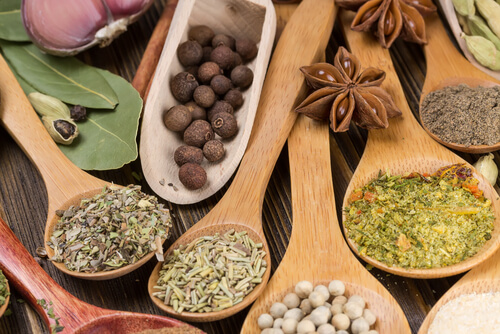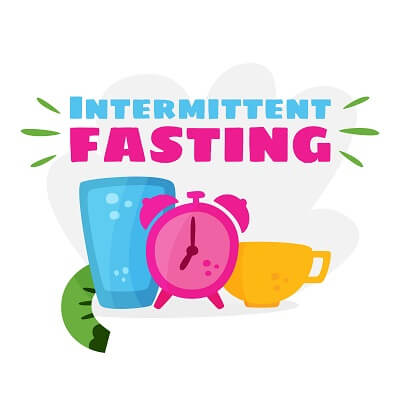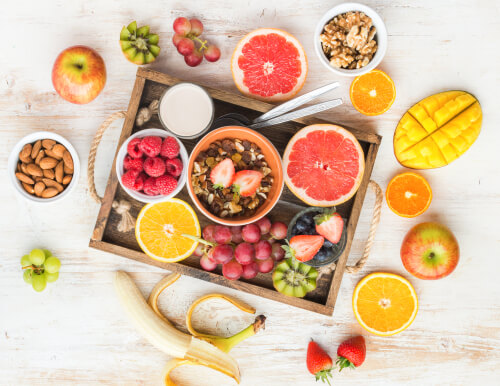Potassium is one of the most essential nutrients in your body. It does more than most people realize. The main job of potassium – the one that gets the most attention – is to help regulate your body’s fluid and electrolyte balance. Potassium does this by working in tandem with sodium. Potassium sits on the inside of your cells and forms a push and pull relationship with sodium that sits on the outside of your cells. They work together to keep the water inside of your cells.
But potassium does more than just helps you regulate water and electrolyte levels. It actually helps to keep your arteries flexible and prevents them from calcifying. When your arteries begin to stiffen, it is only a matter of time before you find yourself having to deal with dangerous side effects. It can lead to simple issues like fatigue, hypertension, and irritability. But it can also lead to major issues, like cardiac arrest and stroke. Therefore, it is very important to make sure you get your recommended amount of potassium. The best sources of potassium are fruits; they are just loaded with the good stuff. Read on to see what the best fruit sources of calcium are:
What fruits to eat to get the most amount of potassium
You probably think that bananas have the most amount of potassium in them. This is understandable, as the wonderful yellow fruit is often praised for its potassium content. But while it does give you a lot, it isn’t actually the number one source of potassium out there. Below are the fruits with the most amount of potassium:
- Avocados – 21% DV potassium per avocado
- Guavas – 15% DV potassium per cup
- Kiwis – 12% DV potassium per cup
- Bananas – 11% DV potassium per cup
- Cantaloupe 10% DV potassium per cup
- Pomegranate – 9% DV potassium per cup


